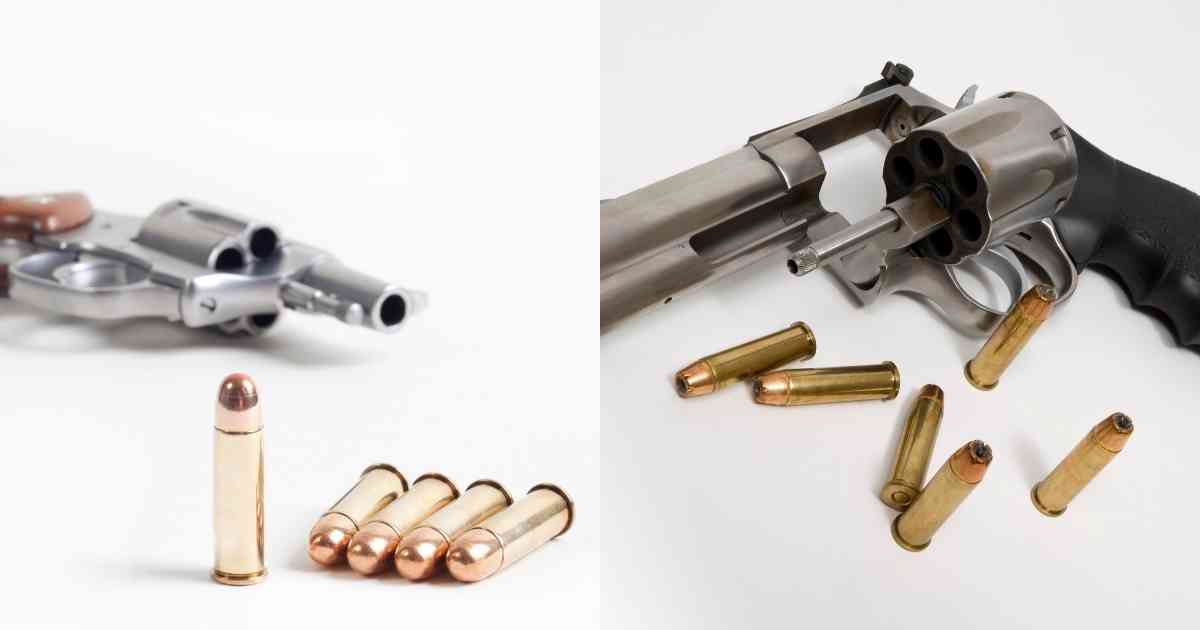In the shooting world, there’s no question that the 38 Super and 357 Sig are two of the most popular types of ammo. They excel in a variety of firearms and can be used interchangeably in many cases.
38 Super vs. 357 Sig: Which is better? How to know which one is right for you? We will look at the major differences between these two rounds and how they stack up against one another.
Let’s start with the basics.
What is the .38 Super?
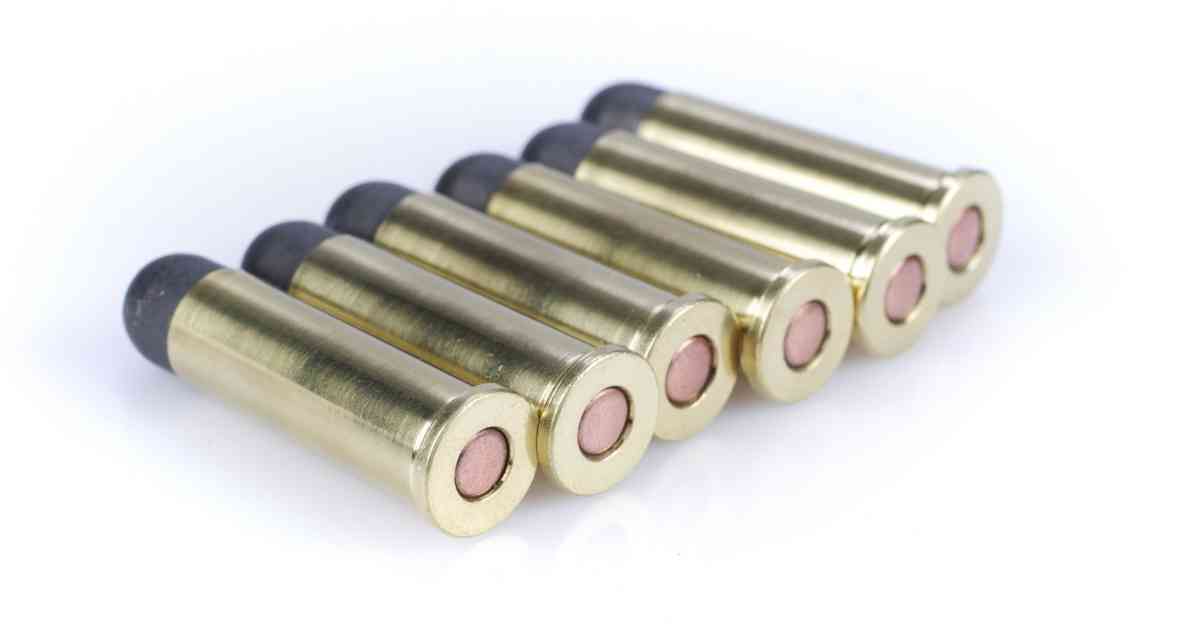
The .38 Super is a pistol cartridge created in the late 1920s by Colt. The cartridge was designed for the M1911 pistol, a modified version of the Colt 1911 handgun.
The .38 Super (also called .38 Super Auto) was developed to fill the need for a pistol round that could work with the 1911 design but would have higher velocity and better performance than the .45 ACP cartridge.
If you’re looking for a ballistic twin to the .45 ACP, look no further than the .38 Super. The .38 Super was designed to have similar ballistics to the .45 ACP but with lower recoil and higher magazine capacity. Specifically, the magazine capacity of .38 Super is 15 rounds.
Although other cartridges have eclipsed the .38 Super, it remains popular with competitive gun owners for self-defense purposes.
What Does the .38 Super Fire?
The .38 Super ammo fires a 9.04 mm bullet. Its older model, the .38 ACP, fires a 130-grain bullet.
The .38 auto propels a 0.356″ diameter bullet at high muzzle velocities.
What is the Firing Speed of the .38 Super?
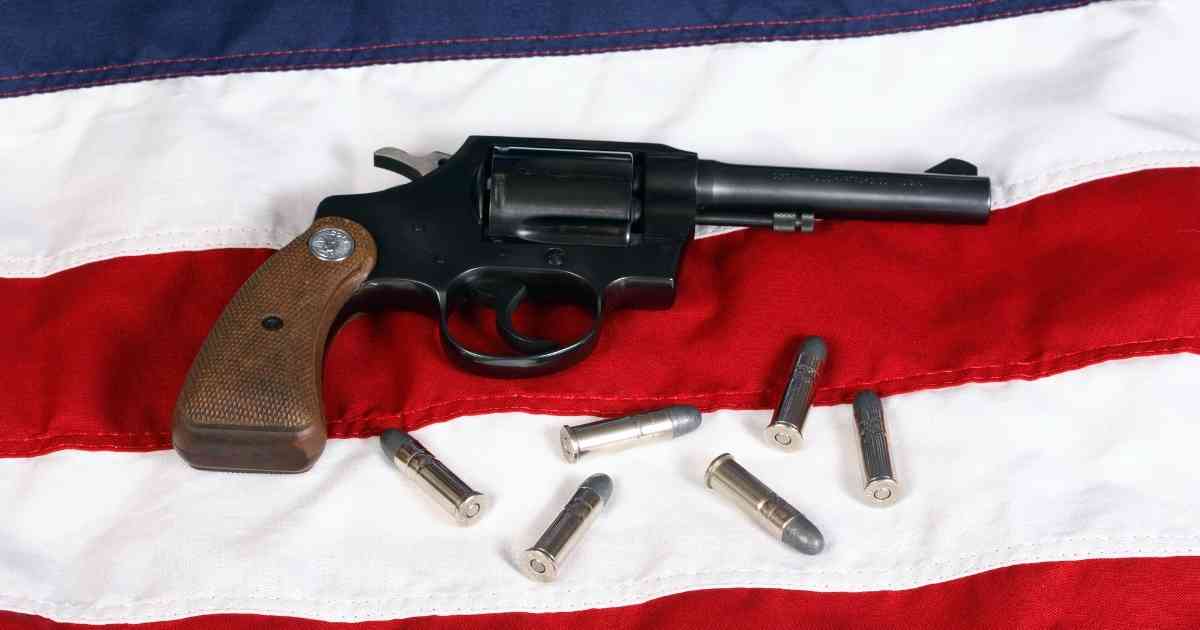
.38 Super fires at an incredible speed of 390.1 m/s. It’s much faster than its ancestor, the .38 ACP, which fires at a decent speed of 320 m/s. The .38 Super delivers incredible knockdown power due to its velocity and is suitable for short-range target shooting.
If you want an accurate and powerful round, you can’t go wrong with .38 Super.
Why Does the .38 Super Have Such a Low Recoil?
While the .38 Super isn’t as popular as other handgun calibers, it shoots with deadly accuracy and low recoil.
The pressure limit for .38 Super Auto is around 36,500 psi. Since it operates at high chamber pressure, a compensator will counteract recoil. That’s because the compensator, or muzzle brake, diverts the gas pressure when it reaches the muzzle.
With more gas volume, the compensator becomes more effective at reducing recoil.
The .38 Super can be a great choice if you have small hands because of its smaller grip size. Accurate grip size is essential to avoid hand fatigue and shoot precisely.
A Quick Word on the .38 Super’s Design
The .38 Super is a straight wall case specifically designed for the 1911 frame. However, double-stack magazines may encounter feeding problems due to rim-lock caused by the cartridge’s semi-rimmed case.
Uses of the .38 Super
The .38 Super is a semi-auto round that could penetrate the bodies of automobiles. It’s a big boy amongst powerful handgun cartridges and is popular in action shooting sports such as IPSC and USPSA.
Initially, the .38 Super was very common in the police sector. Armed peace officers used the cartridges in handguns. The .38 Super Caliber was then regularly found with FBI personnel.
Even now, it’s a good option for personal defense, thanks to its deep penetration and effective range. Shooting lovers enjoy this caliber because of its lightweight body and lower recoil.
This effective cartridge is particularly popular in countries where military cartridges are banned for the civilian population.
Why is the .38 Super Still Relevant?
The .38 Super is one of the industry’s most efficient, powerful, and versatile cartridges because of its shooting velocity and lower recoil. As a result, it’s ideal for casual plinking, state and national-level competitions, personal defense, and police duty.
Even though most users prefer 9mm cartridges, the .38 Super is still relevant in shooting circles, sporting competitions, etc.
What is the .357 Sig?
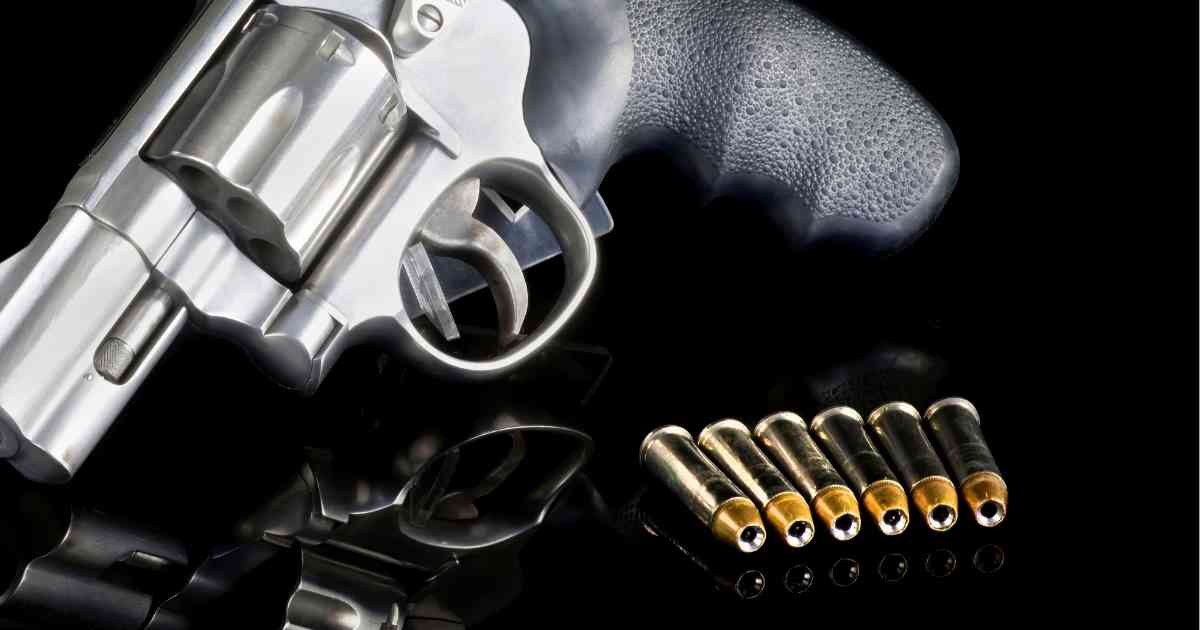
The .357 SIG is a bottlenecked rimless cartridge for centerfire handguns. It comes from the Swiss-German weapon manufacturer SIG Sauer.
The .357 SIG is a relatively new design — just 27 years old. Moreover, it was the first commercially used bottleneck cartridge.
Although the .357 SIG was a strong contender, it never achieved popularity and commercial significance after its introduction in 1994. That’s because it was twice as expensive as a 9mm bullet which was already popular with commercial and professional shooters.
Law enforcement agencies are still partial to the .357 SIG as it offers a high muzzle velocity and powerful cartridge.
What is the .357 SIG Bullet Weight?
According to the bullet type, the .357 SIG proprietary cartridges have varying weights. Here is a quick rundown:
- Double-tap bonded defense weighs 7 grams for 115 grains and 10 grams for 147 grains
- Double-tap FMJFP match weighs 8 grams for 125 grains and 10 grams for 147 grains.
The .357 SIG bullet diameter is about 0.355-0.356.”
Who Should Use the .357 SIG?
The .357 SIG has an intense recoil that can cause problems for those who aren’t used to using it. Also, if you don’t want any issues reloading your weapon during an emergency, then it’s probably best to avoid this gun. But if you aren’t a beginner-level shooter and want to add some spice to your shooting experience, go for it.
What is the Firing Range of the .357 SIG?
The .357 SIG’s high velocity makes it an excellent unit for longer ranges. For example, if you have a 6-inch target, you can shoot the 125 grain .357 SIG bullet from a 122-yard distance.
The .357 SIG has the best point-blank range among handguns and common-use pistols.
What is the .357 SIG Firing Speed?
Based on the type and mass of the bullets, the firing speed of the .357 SIG can range from 410 m/s to 580 m/s. This makes it a valuable cartridge for high-end applications.
How Strong is the .357 SIG’s Recoil?
The .357 SIG recoil is more than the 9mm’s, generating about 9ft-lbs of recoil pressure. You’ll need to carry a larger frame pistol to balance the immense recoil pressure.
38 Super vs. 357 SIG: How Do They Compare?
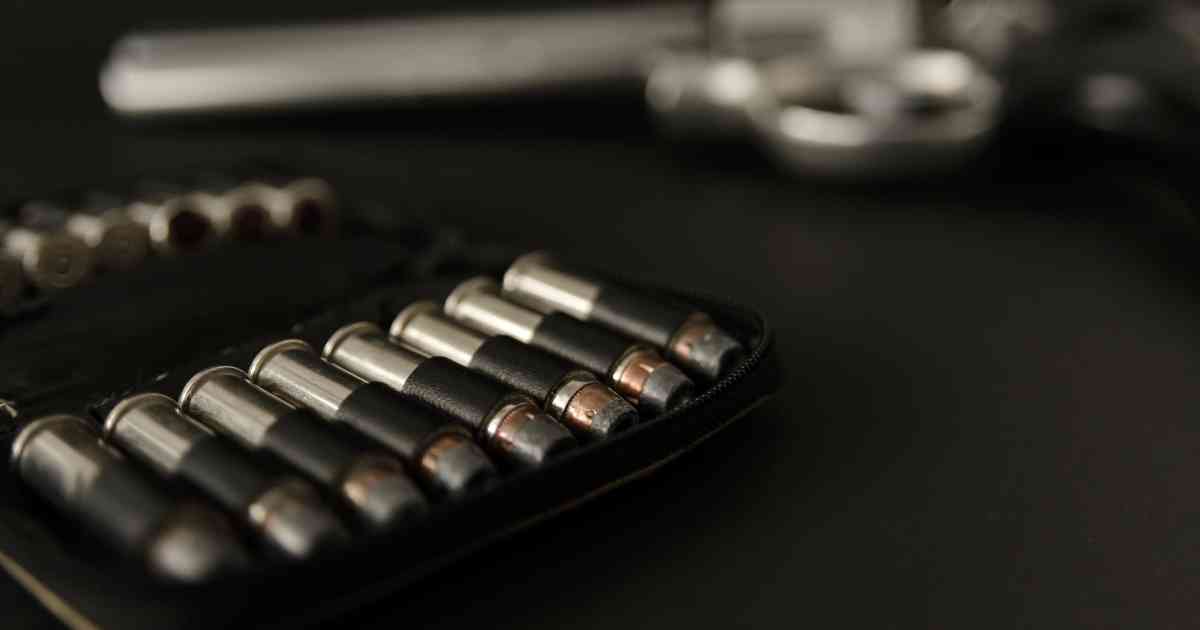
Here is a quick comparison of some top features of .38 Super and .357 SIG:
Firing Range
Typically, the .38 Super manages to get a range of around 200 yards. In comparison, the .357 SIG has a range of just 122 yards. So, the .38 Super has the upper hand in terms of firing range.
Firing Speed
Different variants of the .357 SIG have different firing speeds. The top speed is about 580 m/s, way more than the 390 m/s from .38 Super cartridges. If speed is your thing and you’re willing to compromise accuracy and effective range, then the .357 SIG is a good option.
Availability
The consumer base for the .357 SIG is considerably small. That’s why the original manufacturers don’t produce these bullets anymore. As a result, they are much pricier than the .38 Super.
While the .38 Super is an older model, there is still a demand for this gun, and it remains in steady production. Finding a .38 Super will be easier than a .357 SIG.
However, .38 Super factory loads are difficult to come by. If you only rely on factory ammo, the .357 SIG has a slight edge over the .38 Super as its ammo is available in bulk.
If you check out manufacturers like Buffalo Bore, you will find ammo for your .38 Super. It offers an impressive 38 Super +P load that fires a bullet at 1,450 fps and provides 537 ft-lbs of muzzle energy. However, be careful where you buy your defense load from, as the muzzle energy will vary from each manufacturer.
Recoiling Factor
While the .357 SIG has a major advantage over other comparable pistols, the .38 Super is still the clear winner in recoil. If you can’t handle heavy recoil and muzzle blast, the .38 Super is a better option. Furthermore, the .38 Super has an edge in reliability and accuracy over the .357 Sig.
Design
The jacked case design of the .357 SIG allows it to be chambered and fed more reliably than straight wall designs like the .38 Super.
Conclusion
In conclusion, the .357 SIG and .38 Super are excellent calibers, offering slightly different benefits. For instance, the .357 SIG is more powerful, while the .38 Super is more cost-effective with lower recoil.
So, the 38 Super vs. 357 SIG — who wins in a gunfight? Well, both will perform quite effectively, especially if the guns are high quality. It comes down to your preference in the end.
Again, we recommend starting with the .38 Super and transitioning to the .357 SIG once you’ve had some experience with handguns.
